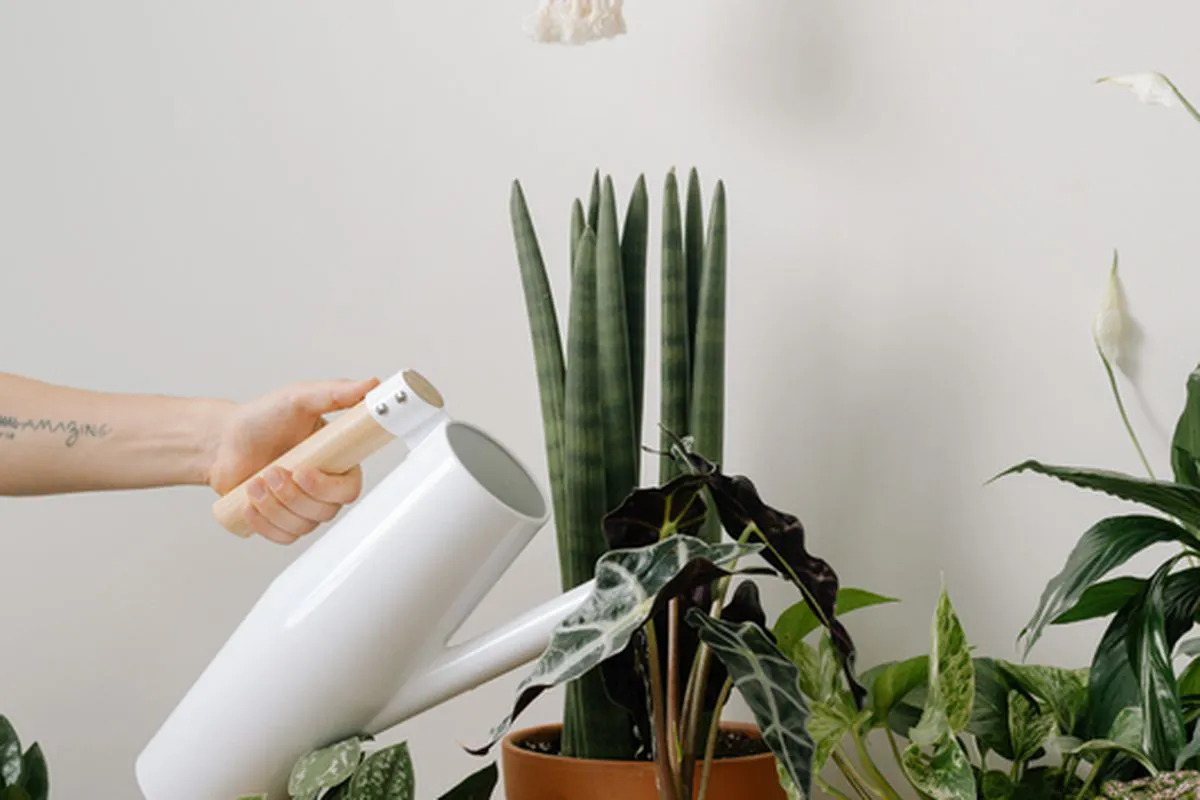Important tips for watering houseplants in the winter. How to properly and best to water houseplants in winter.
It often happens that in winter the plants lose their attractiveness. This is due to the fact that it is difficult for them to get sunlight, and the room is either too hot or too cold .
Ukraine , Ukraingate , 25 , December , 2021 | Agriculture
In addition, there is a problem with humidity, which causes plants to wither quickly and lose leaves.
To prevent this, it is enough to provide the right amount of water: then your plants will be in full bloom. How to water plants in winter? Let’s find out.
How often to water the plants in winter
This question often comes back like a boomerang when gray weather and sub-zero temperatures appear outside the window. Watering can be especially problematic at this time. Unfortunately, it is necessary to adapt to the conditions in the apartment.
Usually, plants need less water when the room temperature drops. However, central heating can make them require more moisture: not only inside the pots, but also from watering and humidifying the air.
If you are constantly watering your plants, then in winter you need to review their needs. The pot should be watered only when the substrate dries. In such cases, it is better to follow the rule that it is better to dry the plants than to water them.
What is the danger of waterlogging? If you water your plants too often in the winter, moisture accumulates in the pot, which first weakens the plants and their roots, and then causes them to rot and spread fungal diseases.
What instead of watering
It is already known that watering must meet the conditions in the room. Unfortunately, specimens located near the window sill, under which the heating radiator is located, may lose their appeal.
Proximity to a heat source significantly affects their condition: that’s when you see that the leaves turn yellow and fall off. What can be done to save them? Either move the plants to another place, or increase the humidity level. In the first case, the problem may be finding the right exposure: bright enough for plants to grow normally in it.
In winter it is easier to increase the humidity level. This can be done in several ways. One of the most effective is the purchase of humidifiers, which will quickly improve indoor air quality.
Of course, you can also buy radiator covers that fill with water – which evaporates under the influence of heat. If you can’t afford to buy the right accessories, there are other ways. Just place pots of plants on pallets filled with stones and water.
However, the most effective way is to spray the plants more often, but even during this seemingly simple procedure, caution should be exercised. It is necessary to direct the water mist so that it does not accumulate in the rosettes and folds of the leaves, as they can contribute to the development of pathogenic microorganisms.
Of course, you should be careful with specimens that bloom in winter, such as clematis, cyclamen and orchids. Water droplets can stick to the petals and make them fall off faster.
Not just water for watering plants in winter
According to many people, watering plants in winter is absolutely enough watering. But even if we follow this decision, it is worth remembering the quality of water.
Ordinary tap water should be filtered, and if we do not have the opportunity to do so, it should be set aside so that the chlorine contained in it evaporates.
Of course, you can use other, home nutrients that will help you improve the condition of your pets. What should you pay attention to? A good solution is to use chilled water from boiling vegetables, for example, for salads or potatoes for dinner.
It can be used, but only if no salt was used in the preparation. You can also use aquarium water, coffee or tea infusions (for acid-loving plants) and eggshell water (for calcium-loving plants).
Source : Ukrgate
SEE MORE : Coal reserves in thermal power plants increase by 2.3%






